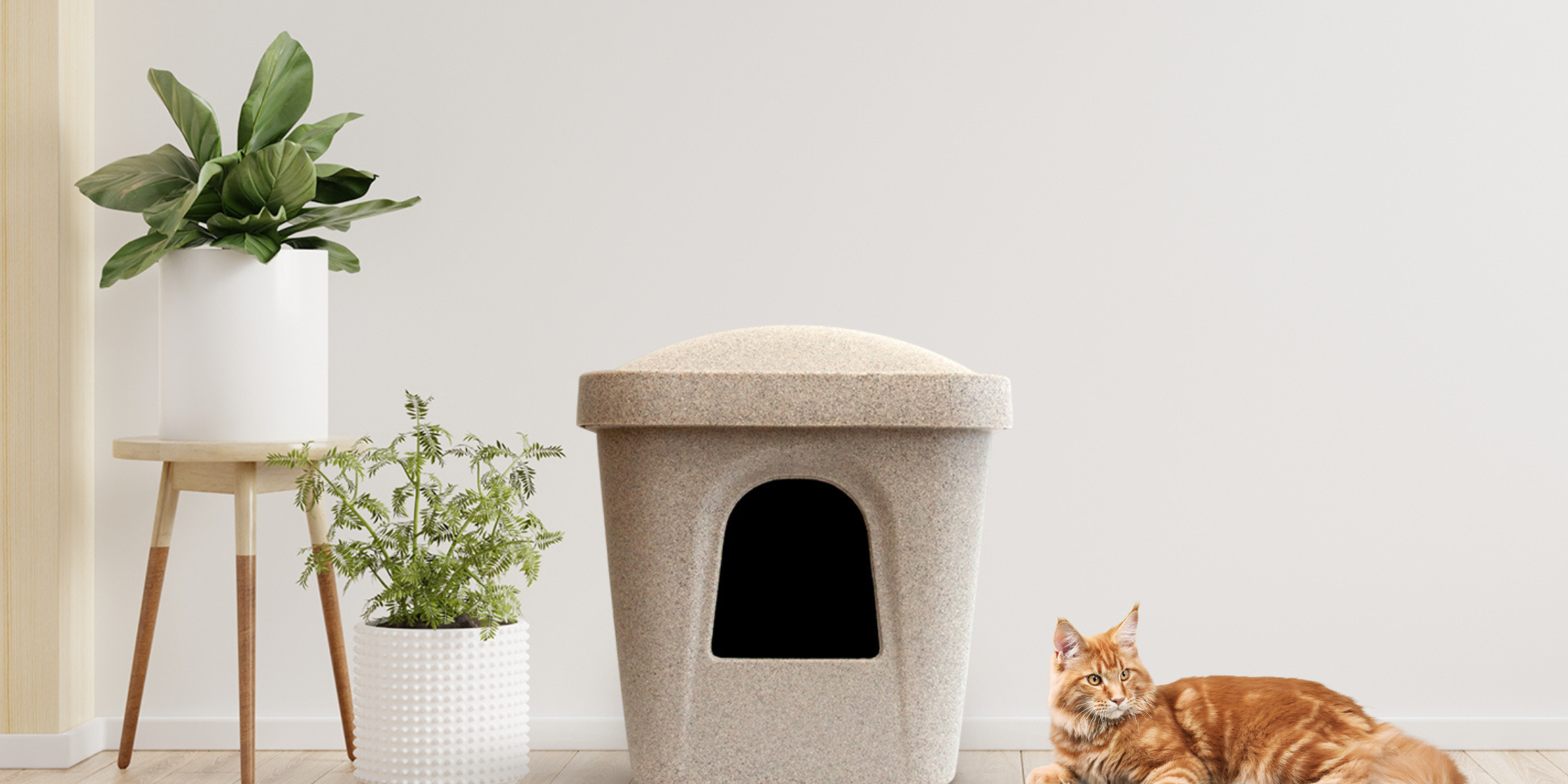Litter box training is an essential component of cat ownership. For new pet parents and seasoned cat lovers alike, ensuring your feline friend knows where to go is crucial. But what do you do when Fluffy decides the rug is her bathroom? From understanding cat behavior to troubleshooting common issues, this comprehensive guide is your go-to resource for navigating the sometimes tricky task of litter box training.
Understanding Cat Behavior
To tackle litter box training, it’s essential to consider why your cat might be avoiding or improperly using the litter box. Cats are sensitive to their environment, and even small changes can lead to undesirable behaviors.
Litter Box Aversion
A cat may avoid the litter box for several reasons:
- Medical issues: Pain or discomfort associated with urination or defecation could lead to your cat avoiding the litter box.
- Litter preferences: Just like us, cats can be picky about their bathroom choices. The type, texture, and smell of litter can all influence your cat’s decision to use the box.
- Negative experiences: If a cat has been startled or had a negative experience while using the litter box, they may associate the box with stress or fear.
Understanding what might be causing the aversion is the first step in resolving the issue.
Setting Up the Perfect Litter Box Area
The right environment is key to making the litter box a welcome spot for your cat. Here are some guidelines for setting up your feline’s private powder room.
Location, Location, Location
The ideal location for a litter box is quiet, easily accessible, and doesn’t feel like a trap. Avoid high-traffic areas and spaces with sudden loud noises that could startle your cat.
Pick the Right Litter
There’s an array of options when it comes to selecting litter – from clumping to non-clumping, scented to unscented, and various material types like clay, silica, or wood. Choose a few different options to see what your cat prefers. Remember, unscented litters are safer for sensitive respiratory systems.
Box Size and Style
Cats like room to move. The rule of thumb is to select a box that’s 1.5 times the length of your cat. KatKAVEs are a great size for most cats, giving them room to move around while still feeling safe and private.
Daily Cleaning
A dirty litter box is a big turn-off for cats. Scoop waste at least once a day, and completely change the litter every one to two weeks.
Training Techniques
Cat behavior can be molded through various training methods that emphasize positive reinforcement.
Patience and Consistency
Creating a routine for your cat to use the litter box is vital. After meals or naps are great times to encourage a trip to the box. If your cat relieves themselves outside the box, clean up the area and do not punish them – this can create further stress and confusion.
Positive Reinforcement
When your cat uses the litter box correctly, offer praise, treats, or playtime. This positive association will help cement the behavior.
Encouraging Exploration
If your cat is hesitant about the litter box, consider putting them in it gently or playing around it to show them it’s safe.
Conclusion
Remember, training a cat to use the litter box is a marathon, not a sprint. Be patient, implement positive reinforcement, and address any issues that might be causing your cat’s reluctance. Your dedication will pay off in the form of a content, well-adjusted, and appropriately toilet-using cat. With these tips, you’re well on your way to establishing a strong bond with your fuzzy companion, free of any stinky misunderstandings.








